Health-Conscious Choices
The Cider Market is experiencing a notable shift towards health-conscious choices among consumers. As individuals increasingly prioritize wellness, the demand for low-calorie and gluten-free options has surged. Ciders made from organic apples and those with reduced sugar content are gaining traction, appealing to a demographic that seeks healthier alternatives to traditional alcoholic beverages. According to recent data, the segment of hard ciders marketed as health-oriented has seen a growth rate of approximately 15% annually. This trend indicates that consumers are not only looking for flavor but also for products that align with their health goals. Consequently, cider producers are adapting their offerings to include innovative flavors and ingredients that cater to this evolving consumer preference, thereby enhancing their market presence.
Craft Beverage Popularity
The Cider Market is significantly influenced by the rising popularity of craft beverages. As consumers increasingly seek unique and artisanal products, craft ciders have emerged as a prominent segment within the market. This trend is characterized by small-scale producers who emphasize quality, flavor, and local sourcing. Data suggests that craft cider sales have expanded by over 20% in recent years, reflecting a broader movement towards supporting local businesses and enjoying distinctive flavors. The craft cider movement not only fosters innovation in flavor profiles but also encourages experimentation with various ingredients, such as spices and botanicals. This diversification appeals to adventurous consumers, thereby driving growth in the cider market and enhancing the overall consumer experience.
Innovative Flavor Profiles
The Cider Market is witnessing a surge in innovative flavor profiles that cater to diverse consumer preferences. As the market evolves, producers are experimenting with a variety of ingredients, including exotic fruits, herbs, and spices, to create unique offerings. This trend is particularly appealing to younger consumers who seek novel experiences in their beverage choices. Data indicates that flavored ciders, such as those infused with tropical fruits or botanical elements, have seen a sales increase of approximately 25%. This innovation not only attracts new customers but also encourages existing consumers to explore different options within the cider market, thereby driving overall growth and expanding the consumer base.
Sustainability Initiatives
Sustainability initiatives are becoming increasingly vital within the Cider Market. As environmental concerns gain prominence, consumers are gravitating towards brands that demonstrate a commitment to sustainable practices. This includes sourcing apples from local orchards, utilizing eco-friendly packaging, and implementing waste reduction strategies. Recent surveys indicate that approximately 70% of consumers are more likely to purchase products from companies that prioritize sustainability. This shift not only influences purchasing decisions but also encourages cider producers to adopt greener practices. By aligning with consumer values, cider brands can enhance their reputation and foster loyalty, ultimately contributing to long-term growth in the cider market.
Digital Engagement Strategies
Digital engagement strategies are playing a crucial role in the Cider Market as brands seek to connect with consumers in an increasingly online world. Social media platforms and e-commerce channels are becoming essential tools for cider producers to reach their target audience. By leveraging digital marketing techniques, brands can create interactive campaigns that resonate with consumers, fostering brand loyalty and awareness. Recent statistics reveal that online sales of cider have increased by nearly 30%, highlighting the effectiveness of these strategies. As consumers continue to embrace digital platforms for their shopping experiences, cider brands that invest in robust online presence and engagement initiatives are likely to thrive in this competitive market.


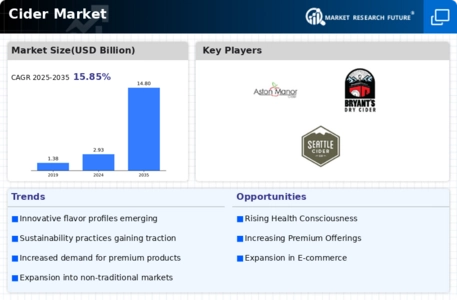
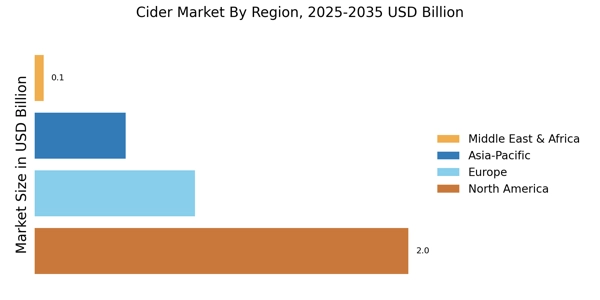
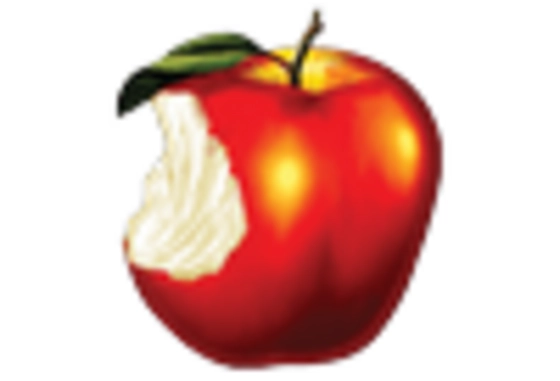


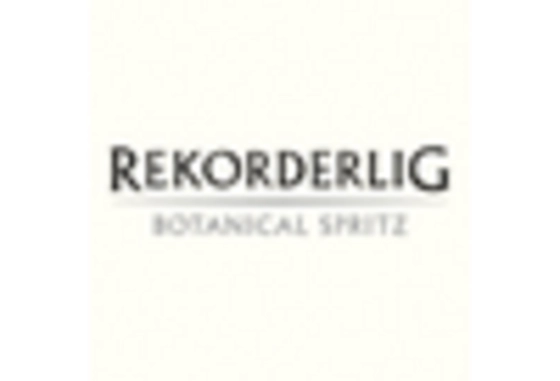
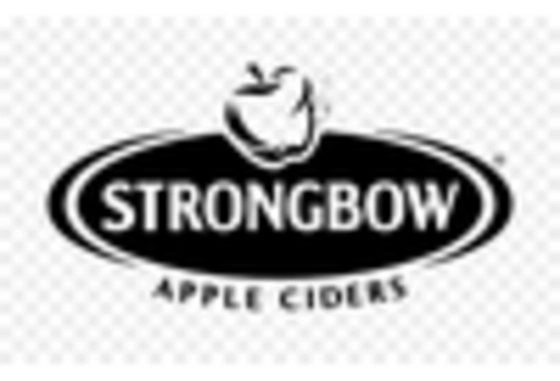









Leave a Comment